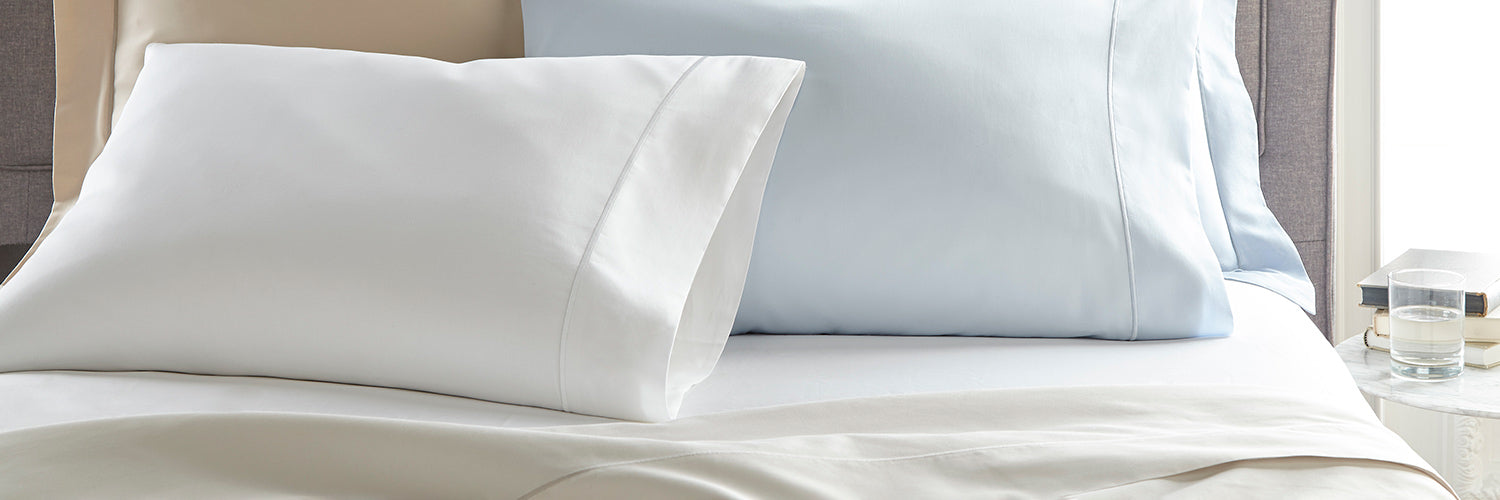You probably hear a lot about sheet thread count, and there is a lot of misinformation out there about it. We often are asked why we don’t make 1000 thread count sheets. This is because most people believe that high thread count sheets are the best quality, but the truth is a little more complex. In fact, thread count is only a part of the quality equation. We’ve gathered all of the details for you, so you’ll be able to separate truth from myth.
Thread Count: A Game of Marketing Terms
It used to be common knowledge that any food container with the words "lite" or "diet" must be healthy. Once the language was standardized, many of these statements were shown to be merely clever marketing gimmicks. This kind of perplexing terminology are still used on food packaging nowadays. And it appears that the same deceptive marketing strategies have also been used for bedding.
Americans were first exposed to the notion that greater thread counts equated to higher-quality sheets in the mid-1990’s. Since we are naturally driven to numbers when evaluating quality, it was an easy sell. We were able to feel secure in our purchase because of a straightforward statistic like thread count. Surely the sheets would be softer, more resilient, and better all over if the number was higher, right? But the real world is much more complex. Thread count is merely one factor to consider, and it may even be deceptive in certain circumstances. Beyond the numbers, things like cotton quality, weave type, and finishing technique all matter a lot when it comes to how comfortable, breathable, and long-lasting your bedding is. So, what thread count is best for sheets and bedding? Let’s find out!


























